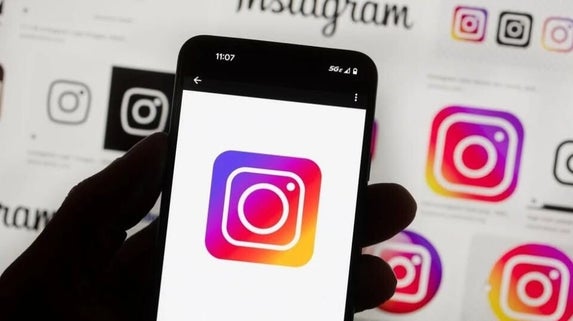
Meta announced Tuesday a sweeping update to Instagram’s teen safety features, revealing that all accounts for users under 18 will now be guided by PG-13 movie ratings. The move is designed to limit exposure to content deemed inappropriate for younger audiences — including posts with strong language, risky stunts, or depictions of drugs and other harmful behaviors.
This new policy rollout comes amid mounting pressure from lawmakers, parents, and advocacy groups who have long criticized Meta for not doing enough to protect young users from harmful content. The company is currently facing multiple lawsuits and investigations into how its platforms affect teen mental health — and this announcement appears to be part of a broader effort to rebuild trust.
🔒 What’s Changing?
Under the new system:
-
Teen accounts will automatically be placed in a “13+” content setting.
-
Opting out of this setting will require verified parental permission.
-
Instagram will use AI-powered age-prediction tools to detect users who misrepresent their age.
-
Teens will be restricted from following or interacting with accounts that consistently post age-inappropriate material.
-
Search results, suggested content, and direct messages will be filtered to block exposure to mature or harmful topics.
Meta says the goal is to mirror the kind of content teens might encounter in a PG-13 movie — familiar territory for most parents. “We hope this update reassures parents that we're working to show teens safe, age-appropriate content on Instagram by default,” the company said in its announcement.
🤔 Will It Actually Work?
That’s the billion-dollar question.
Critics argue that while the PG-13 framework is a recognizable benchmark, it may be ill-suited for the dynamic, user-generated chaos of social media. Unlike movies, which are static and reviewed by human ratings boards, Instagram content is constantly evolving — and often algorithmically amplified before it can be reviewed.
“There’s a big difference between rating a two-hour film and filtering millions of posts a day,” said one digital safety analyst. Others point out that teens are notoriously tech-savvy and may still find ways to bypass restrictions through burner accounts, VPNs, or encrypted messaging apps.
Moreover, some experts question whether PG-13 is even the right standard. “PG-13 allows for some violence, suggestive content, and strong language — is that really the bar we want for 13-year-olds on social media?” asked a child psychologist interviewed by CBC News.
🧩 A Piece of a Larger Puzzle
This isn’t Meta’s first attempt to address teen safety. Over the past two years, the company has introduced features like time limits, content warnings, and parental supervision tools. But critics say these measures often fall short — either because they’re too easy to disable or because they rely on parents to be tech-literate and proactive.
The PG-13 update may help Meta signal that it’s taking action, but whether it leads to meaningful change remains to be seen. As one tech columnist put it, “This is a step — but it’s not the finish line. The real test will be in enforcement, transparency, and whether teens actually feel safer.”
🧭 The Bottom Line
Meta’s PG-13 restrictions for Instagram teen accounts are a high-profile move in the ongoing battle over social media safety. They offer a familiar framework and a more structured approach to content moderation — but they also raise tough questions about effectiveness, enforcement, and whether a movie rating system can truly tame the wilds of the internet.
For now, it’s a wait-and-see moment — one that parents, policymakers, and teens themselves will be watching closely.
Sources:
Add comment
Comments